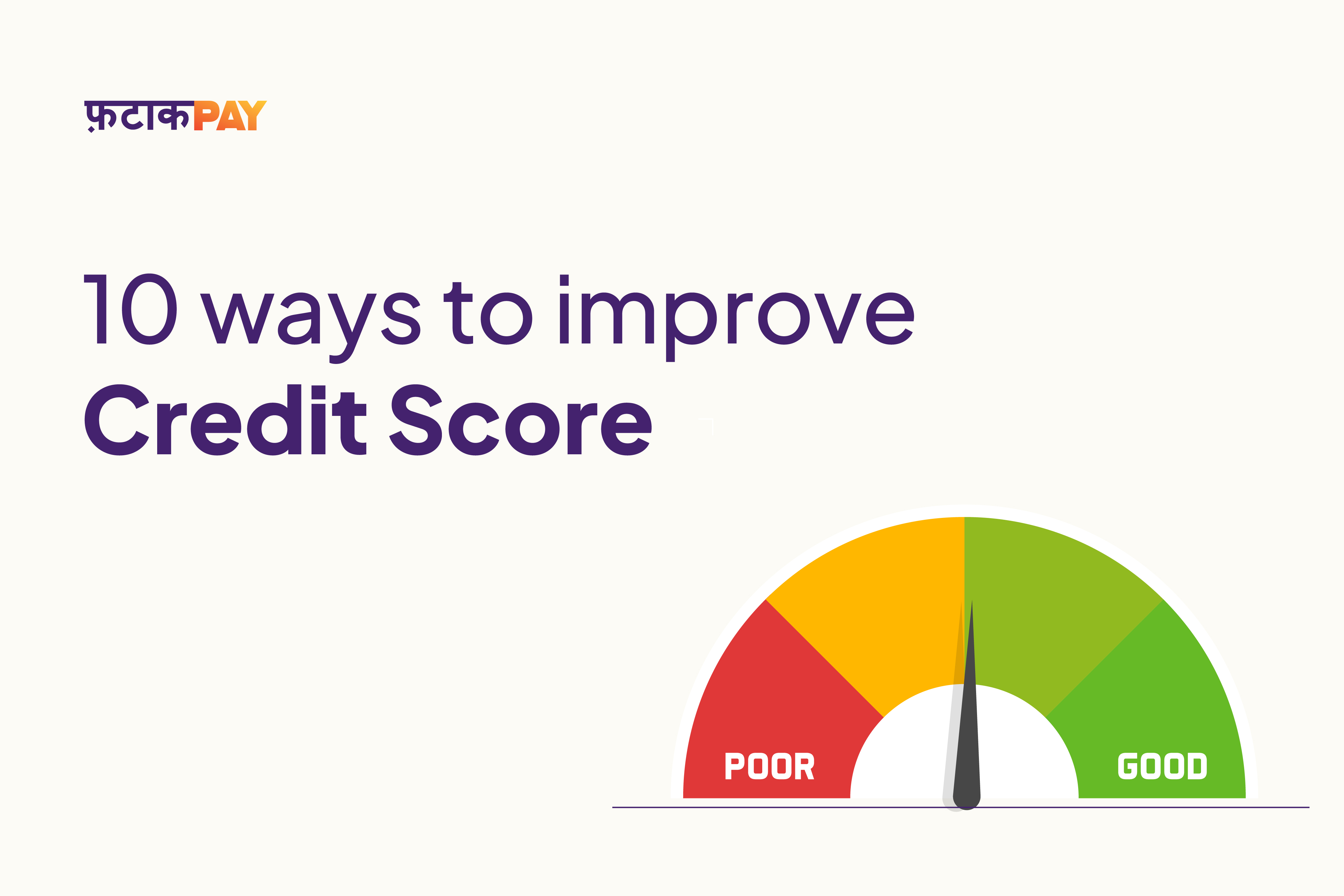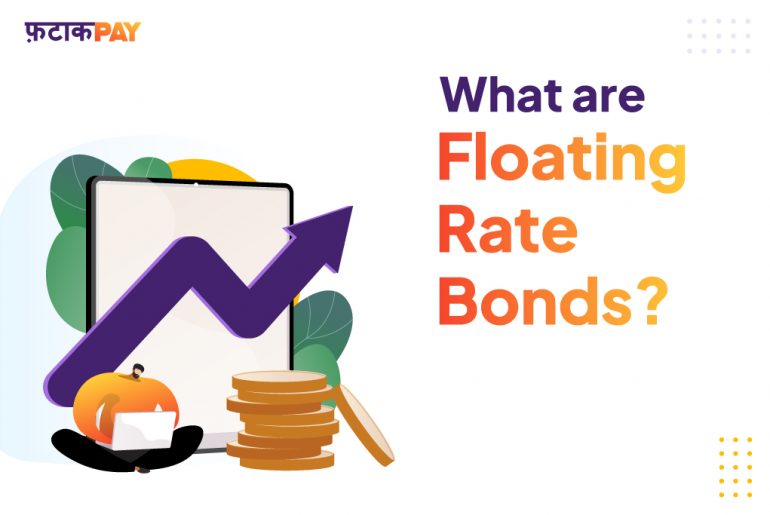Asset based lending:
Any type of loan that is secured by an asset is an asset-based loan. This implies that the asset will be taken if the loan is not paid back. The phrase is more frequently used to refer to lending to small and large enterprises using assets that aren’t typically employed in other loans. Accounts receivable financing, inventory financing, equipment financing, and real estate financing are a few common examples of asset-based loans.
More Information about Asset Based Loans(ABL):
Asset-based lending typically takes place when conventional means of funding, such as the capital markets (selling bonds to investors) and standard unsecured or mortgage-secured banks, are not feasible.
This is frequently due to the fact that the business has used up all of its options for generating cash or needs additional money right away to finance a project (such as the purchase of inventory, a merger, an acquisition, or debt).
Since the lender can recover its investment in the event of a default by seizing and selling the assets linked to the loan, asset-based loans are also frequently accompanied with lower interest rates.
Accounts receivable, inventory, marketable securities, and property, plant, and equipment (PP&E) are a few examples of assets that can be used to secure a loan.
Asset-based lending is less riskier than unsecured lending (a loan that is not backed by an asset or assets) since the loan is secured by an asset, and as a result, a lower interest rate is charged. Additionally, the less risky the loan is seen to be and the lower the interest rate required, the more liquid the asset.
For instance, an asset-based loan secured by accounts receivable would be considered safer than an asset-based loan secured by a property because the latter is less liquid and may be more challenging for the creditor to rapidly sell on the market.
Asset Based Loan (ABL) Amount:
Loan-to-value ratio is frequently mentioned in relation to asset-based lending. The loan-to-value ratio for this asset-based loan, for instance, may be stated as “the loan-to-value ratio is 80% of marketable securities.” The lender would only be willing to offer a loan of up to 80% of the market value of the marketable securities, according to this clause.
Lenders are typically ready to offer a greater loan-to-value ratio for more liquid assets. The loan-to-value ratio depends on the type of asset. The following formula is used to calculate loan-to-value:
Loan-to-value ratio = Loan Amount / Asset Value
where:
Loan Amount is the amount that the lender is willing to loan and
Asset Value is the value of the asset being used as collateral for the loan.
Generally, the loan-to-value ratios for receivables and inventories are 70% and 50%, respectively.
An example of Asset based lending (ABL):
Following are the loan to value ratios offered by a lender:
Asset Type
Loan to Value Ratio
Marketable Securities
85%
Accounts Receivable
70%
Machinery
40%
A borrower requires a Rs.10,00,000 loan and owns the following assets:
Marketable securities valued at Rs.10,50,000
Accounts receivable valued at Rs.12,00,000
Machinery valued at Rs.25,00,000
If the borrower is only able to use one asset to secure the loan, which asset should the borrower use to secure a loan of at least Rs.10,00,000?
Marketable Securities: 10,50,000 * 0.85 = Rs.8,92,000
Accounts receivable: 12,00,000 * 0.7 = Rs.8,40,000
Machinery: 25,00,000 * 0.4 = Rs.10,00,000
The borrower should use machinery to secure the maximum loan.
Advantages of Asset based lending (ABL):
The following benefits of asset-based lending are provided to the borrower:
Compared to unsecured loans and lines of credit, asset-based loans are simpler and quicker to get. They also typically have fewer covenants.
Comparing asset-based loans to other lending sources, their interest rates are typically less.
The lender benefits from asset-based lending in the following ways:
Asset-based loans are less risky since they are secured by an asset (or assets); in the event that the borrower defaults on the loan, the lender can seize the assets that served as collateral and sell them to cover the outstanding balance.
Interesting facts about Asset based lending (ABL):
Nowadays, a large number of financial services firms deploy a combination of structured and leveraged financial services called asset-based lending. These services are provided to corporate clients by numerous banks, including both national investment banks (such Citi, J.P. Morgan, Wells Fargo, Goldman Sachs, Morgan Stanley, etc.) and regional banks.
When the world securitization market collapsed in 2008 following the failure of investment bank Lehman Brothers, this was an instance of the usage of asset-based loans. In 2008, bonds worth approximately 710 billion euros were issued in Europe, most of which were backed by asset-based loans including mortgages and car loans.
In addition to big businesses, a lot of people and small business owners use asset-based lending to raise short-term funds. Short term loans are offered by service providers like Unbolted against expensive assets. This covers a broad variety of things including antique cars, pricey watches, wine collections, and other valuable possessions.
Additional links:
Thank you for reading our blog! We hope you are able to apply these learnings 🙂 Here are some other blogs/LinkedIn articles for you to check out.
https://fatakpay.com/blog/how-to-manage-your-personal-finance/
https://fatakpay.com/blog/discover-the-wonders-of-an-emi-benefits-and-disadvantages-explained/
https://www.linkedin.com/pulse/what-nbfc-fatakpay/?trackingId=DYxaWIZVg4eCj2%2FYGCvqxw%3D%3D
About FatakPay:
FatakPay provides virtual credit facilities for all. It’s available on your phone and caters to your everyday needs in both online and offline formats. The solution provides an almost zero cost, free, quick, transparent and secure way to transact in a multilingual format with a Scan Now, Pay Later facility and easy repayment options.
Take Control of Your Finances with Smarter Credit Solutions
Asset-based lending shows how the right financial tools can unlock growth — and at FatakPay, we’re making that access simple for everyone.
Download the FatakPay App to explore easy, secure, and transparent credit options designed to fit your needs.







